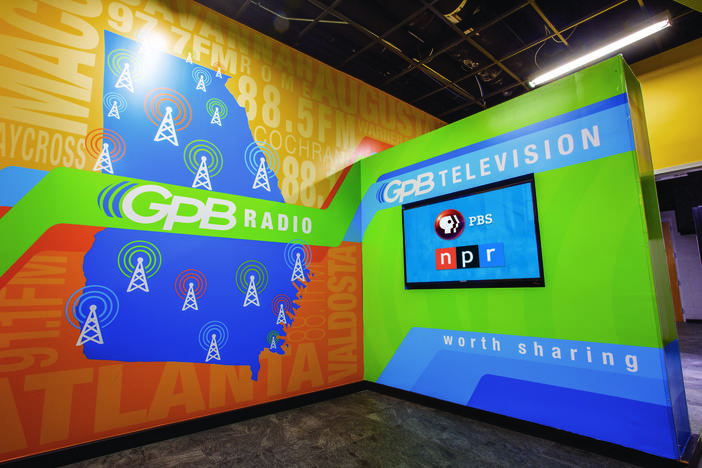Section Branding
Header Content
Architect Of The Capitol Outlines $30 Million In Damages From Pro-Trump Riot
Primary Content
The cost of repairing damages from the attack on the U.S. Capitol and related security expenses have already topped $30 million and will keep rising, Architect of the Capitol J. Brett Blanton told lawmakers on Wednesday.
The events of Jan. 6, he said, were "difficult for the American people and extremely hard for all of us on campus to witness."
Blanton said that congressional appropriations committees have already approved a transfer request of $30 million to pay for expenses and extend a temporary perimeter fencing contract through March 31.
But more money will be needed, he added: "History teaches us that project costs for replacements and repairs beyond in-kind improvements across campus will be considerable and beyond the scope of the current budgetary environment."
The price tag will go even higher, Blanton told lawmakers on the House Appropriations Committee, if the fence and other security measures are needed beyond March.
In his prepared testimony, Blanton described how his employees tried to minimize the threat to the Capitol and lawmakers on Jan. 6, when thousands of former President Donald Trump's supporters breached security perimeters at the Capitol grounds. Many of them then engaged in a pitched battle with police and security personnel.
"[Architect of the Capitol] employees sheltered congressional staff in their shops to protect them from the roving mob," Blanton said, adding, "Other members of our team raced to the roof to reverse the airflows within the building to help clear the air of chemical irritants, like bear repellents and pepper spray, while more team members rushed bottles of water and eyewash stations to Capitol Police officers in need of assistance."
When the mob thronged the Capitol, the Architect of the Capitol's painters and artisans were laboring to complete the massive task of readying the campus to host a presidential inauguration.
"Over the course of a couple of hours, the hard work of our team was destroyed," Blanton said.
"The [inauguration] platform was wrecked. There was broken glass and other debris. Sound systems and photography equipment was damaged beyond repair or stolen. Two historic Olmsted lanterns were ripped from the ground, and the wet blue paint was tracked all over the historic stone balustrades and Capitol building hallways."
In the Capitol building complex, historical statues, murals and furniture were damaged, mainly from pepper spray accretions and residue from chemical irritants and fire extinguishers, requiring expert cleaning and conservation. Work crews covered gaping holes with plywood and cleared "a small mountain of debris left behind on the west and east fronts," Blanton said.
Blanton also said many lawmakers have asked his office about preserving mementos from the unprecedented violence wrought by U.S. citizens on their own Capitol. While most damaged items had to be removed because of safety concerns, he said his staff preserved the panels of the historical Columbus Doors on the east front "for a potential presentation or display."
The brief insurrection brought catastrophe to what had already been a very busy tenure for Blanton, who was sworn in to his job in January 2020. Since then, the Capitol has hosted three lying-in-state or in-honor ceremonies, including for U.S. Capitol Police officer Brian Sicknick, who died after being injured in the riot.
The high-profile events have come as Blanton and his staff have worked to mitigate coronavirus risks through enhanced cleaning practices and providing protective equipment.
On Wednesday, Blanton said many people on his staff have not yet been vaccinated, despite continuing to work at the Capitol campus — work that has included the intense effort to repair damage from the riot and hold an inauguration.
"In fact, we've had a small distribution of COVID vaccines for my staff," Blanton said, replying to a question about the staff's health. He added that the group is following the safety protocols that were laid out when the coronavirus pandemic began last year.
Blanton also addressed the security failures that contributed to the U.S. Capitol being occupied by an angry mob that sought to block the certification of then-President-elect Joe Biden's victory over Trump.
"The events of January 6 were stark reminders that institutional biases, priorities and actions taken out of sync with actionable data resulted in poor decisions," he said. "If we do not learn from these mistakes, the campus will continue to remain vulnerable to unknown and unexpected threats."
Blanton also asked the committee for help in securing additional funds for a campuswide security assessment to prevent similar events in the future and to protect the Capitol and the people who work there.
Copyright 2021 NPR. To see more, visit https://www.npr.org.

